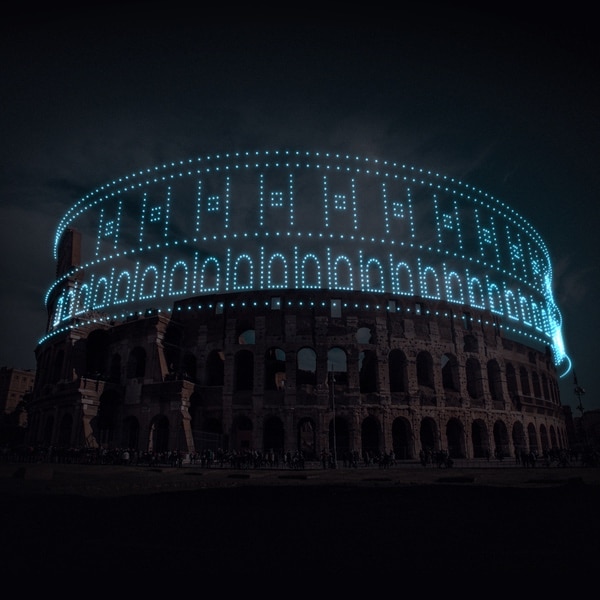
The streets of Bolivia's second-largest city, El Alto, are dotted with unique architecture that was born from local Indigenous culture. Italian photographer Yuri Segalerba traveled to El Alto, located high on the Andean plateau, to see this Neo-Andean architecture. The style, created by local bricklayer turned star architect Freddy Mamani Silvestre, has completely transformed the city since buildings began appearing in 2005. During his time in El Alto, Segalerba was able to document the many cholets—or small mansions—and dancehalls that give the city its unique character.
The colorful architecture is a pure expression of the Aymara, an Indigenous ethnic group that makes up 25% of Bolivia's population. Most of El Alto's population is Ayamara—as is Mamani Silvestre—and the architecture is a visual representation of their success. El Alto, which was founded in 1985, sits adjacent to La Paz and was, for many years, considered a slum. However, an economic explosion has greatly benefited the city and its residents. Today, it is one of Bolivia's fastest-growing urban centers.
With a population that is 76% Aymara, it's the largest city in Latin America with a mainly Indigenous population. The city's Neo-Andrean architecture reflects this. Mamani Silvestre takes influence from Indigenous textiles and proudly displays this heritage on a large scale. Segalerba's photographs of these cholets and dance halls are particularly interesting for their context.
Not only focused on the colorful, geometric architecture, Segalerba's photographs paint a picture of the entire city. Mamani Silvestre's message of confidence in one's culture is all the more striking when viewing the surrounding buildings, many of which are unfinished. Viewed in this manner, the architecture becomes a powerful symbol of change and a reminder that there is always room to grow.
If you want to see more of the Neo-Andean architecture photographed by Segalerba, see the full portfolio on his website. The images are also available for sale as NFTs.
Photographer Yuri Segalerba traveled to El Alto, Bolivia, to photograph the city's colorful architecture.


Called Neo-Andean architecture, the style was created by architect Freddy Mamani Silvestre.

The architecture takes influence from Indigenous textiles and is an expression of pride in Indigenous Aymara culture.















































































